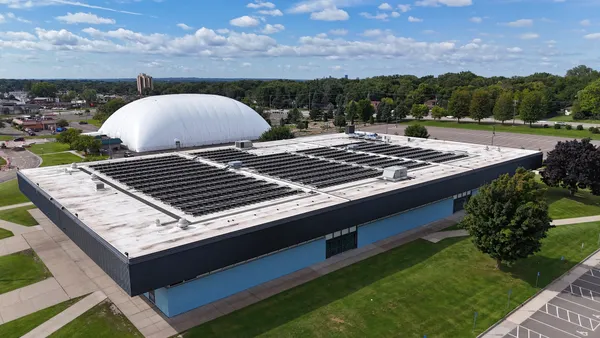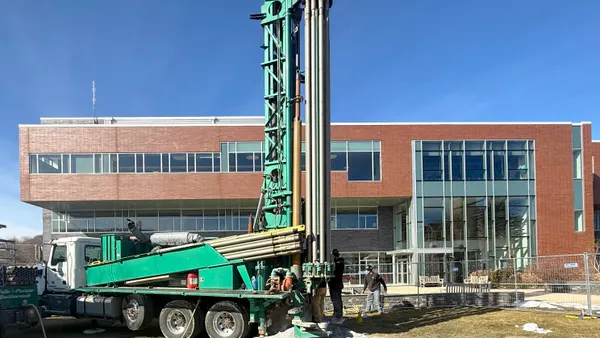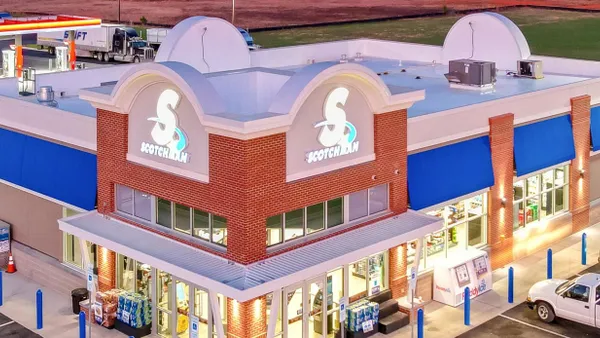IES, a building energy performance software firm, is partnering with the U.S. Green Building Council California to expand advanced energy modeling training to help facility owners and operators meet the state’s expanded building energy efficiency standards, slated to take effect next year.
Energy modeling uses software to create a virtual simulation of a building system so building operators can analyze energy use, costs and occupant comfort based on a mix of materials, schedules and other design details that they input.
As an educational partner to USGBC California, IES will provide building owners, designers, emerging professionals and policy makers with an introduction to advanced modeling and performance analysis training and tools, according to a release. The partnership will help support California’s climate targets by improving energy efficiency, lowering carbon emissions and enabling healthier built environments, IES said Tuesday.
California’s Building Energy Efficiency Standards include requirements in the state’s energy code that aim to reduce wasteful, uneconomical and unnecessary uses of energy, the California Energy Commission says on its website. The 2025 Energy Code, set to take effect on Jan. 1, expands the use of heat pumps for space heating and water heating, extends the benefits of solar and battery storage systems and other demand flexible technologies and strengthens ventilation standards to improve indoor air quality, the CEC says.
In addition to new construction, the 2025 codes also apply to additions, alterations or repairs to existing buildings and the installation of insulation in existing buildings. Notable changes from the 2022 codes include measures to improve the energy and water efficiency of space heating systems and cooling towers, “aggressive HVAC controls requirements,” automatic daylighting controls and minimum specific efficiency for some refrigeration systems.
The 2025 Energy Code requires the CEC to support the performance standards with compliance tools for builders and building designers using an alternative calculation method approval manual that establishes requirements for input, output and calculational uniformity in the computer programs used to demonstrate compliance. The ACM approval manual also includes provisions for private entities to develop compliance software to encourage flexibility and innovation, the CEC says.
IES is one of a handful of software providers certified by the CEC for Title 24 compliance, it says in the release. The partnership comes as USGBC California works to launch a full-service building performance hub that will support the state’s transition to high-performance buildings through policy guidance, technical resources and collaborative implementation strategies.
"Through this partnership, USGBC California participants will gain the skills to apply building energy modeling — vital for those looking to obtain Title 24 certification for nonresidential projects in the state," Christy Martell, senior vice president for IES North America, said in a statement.










